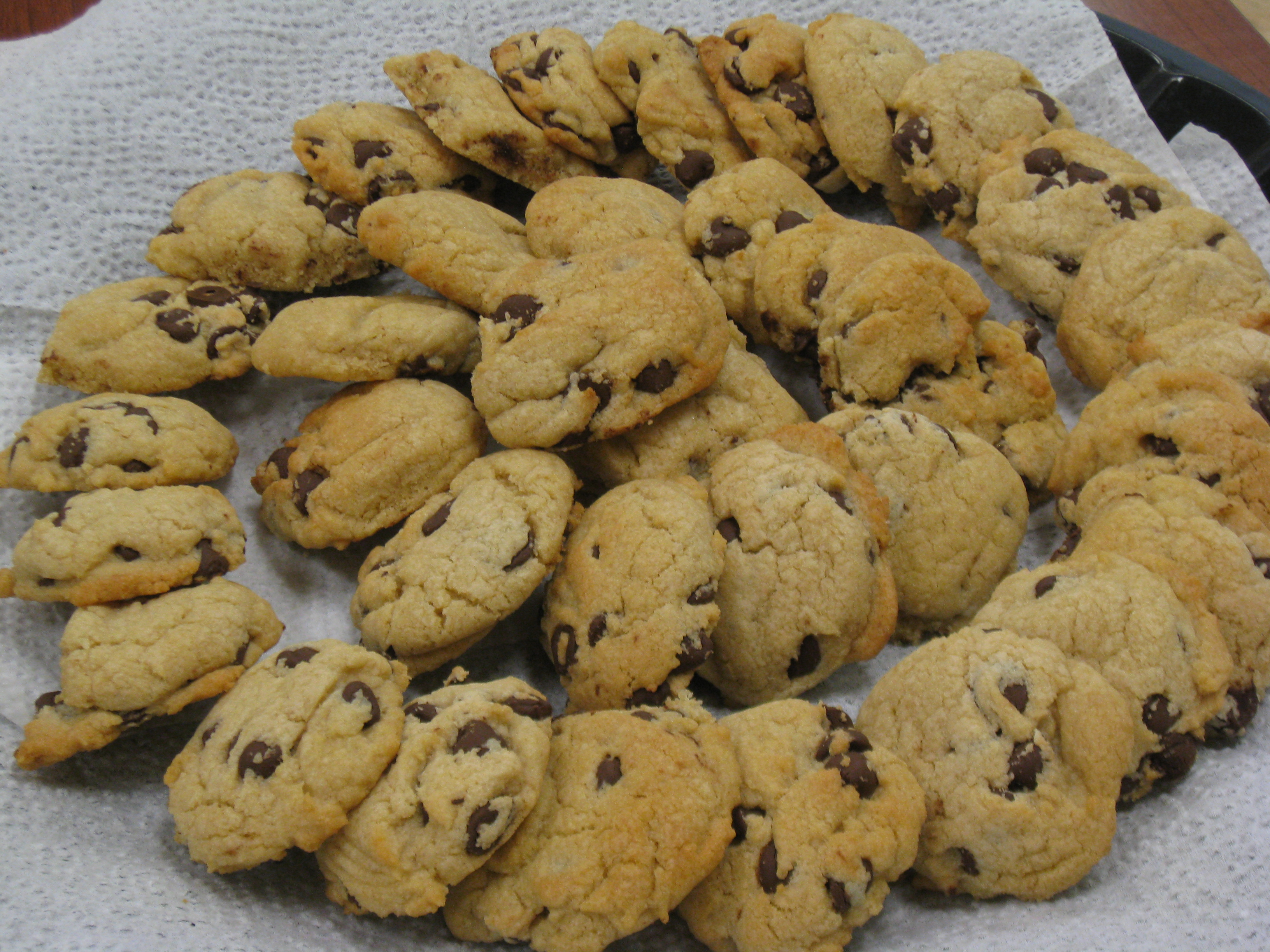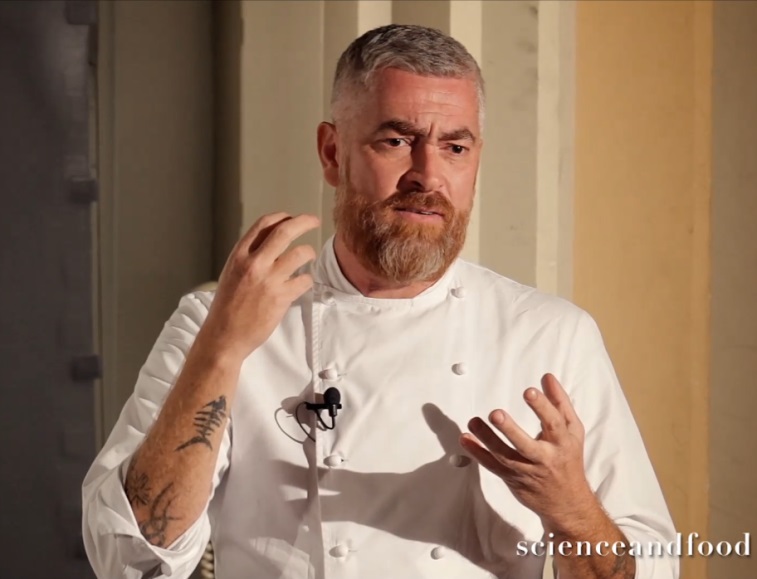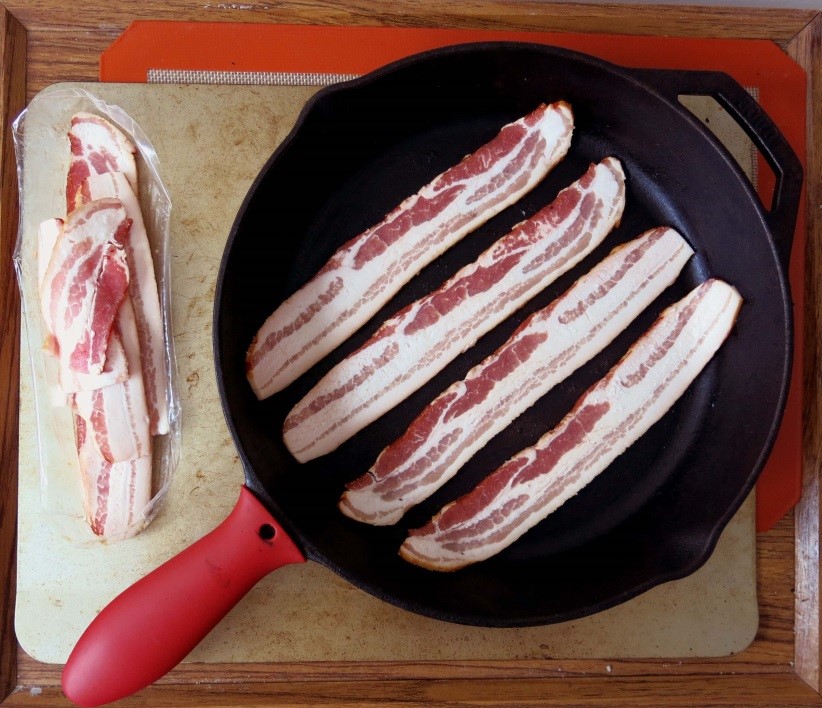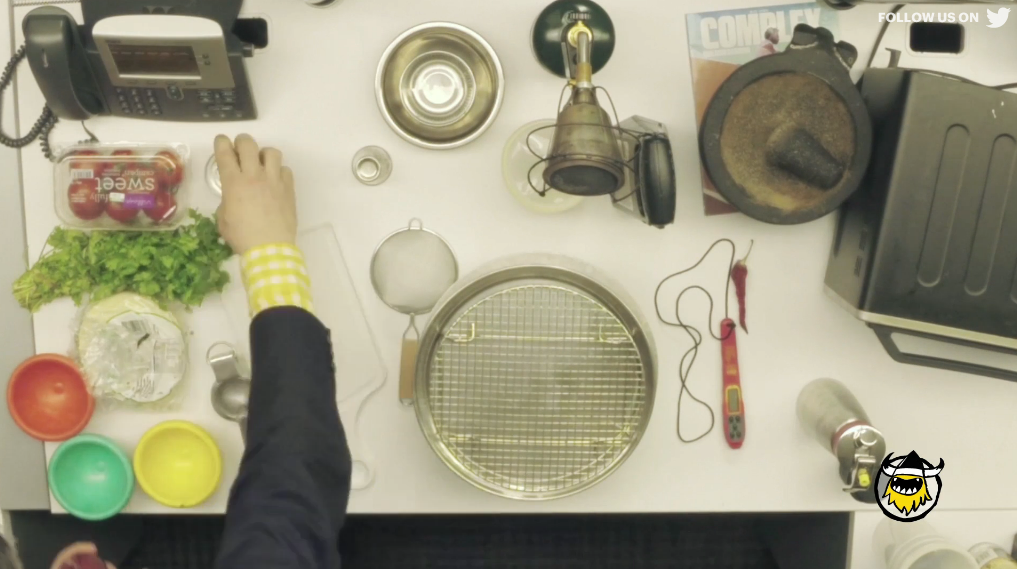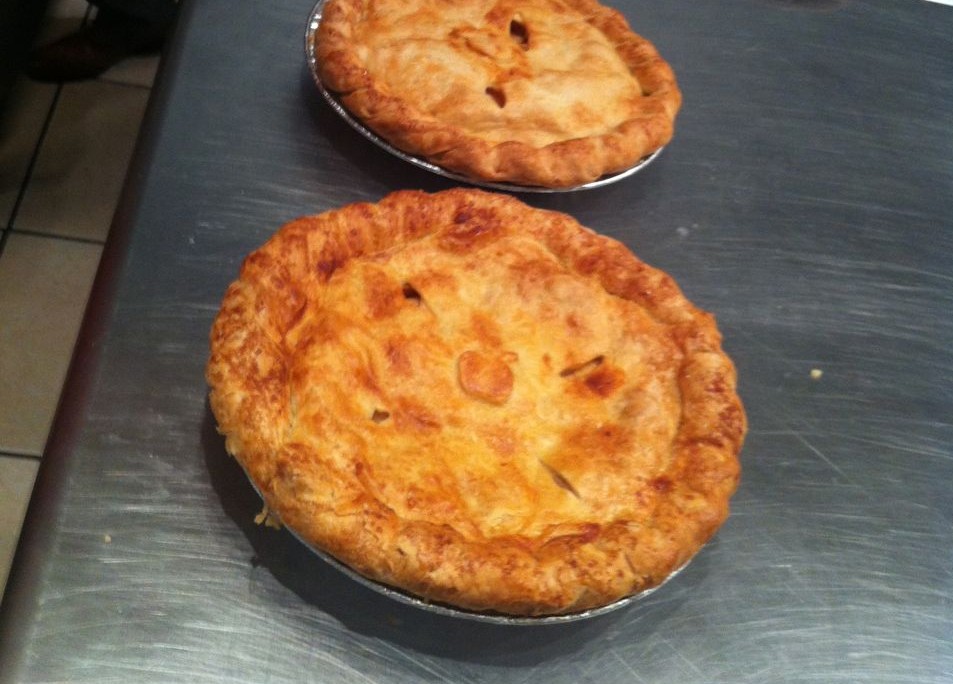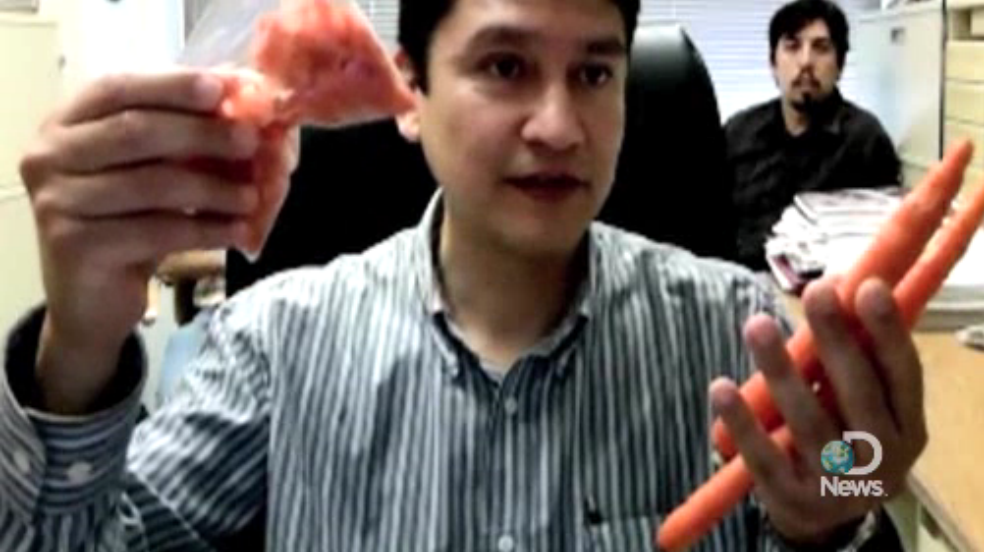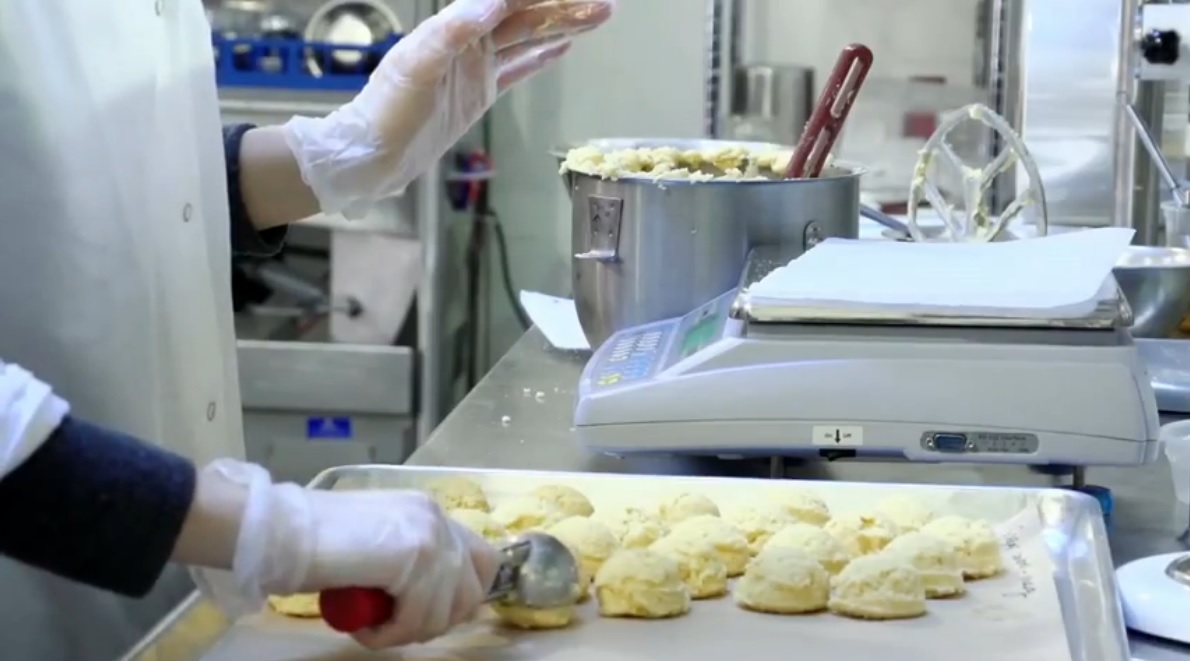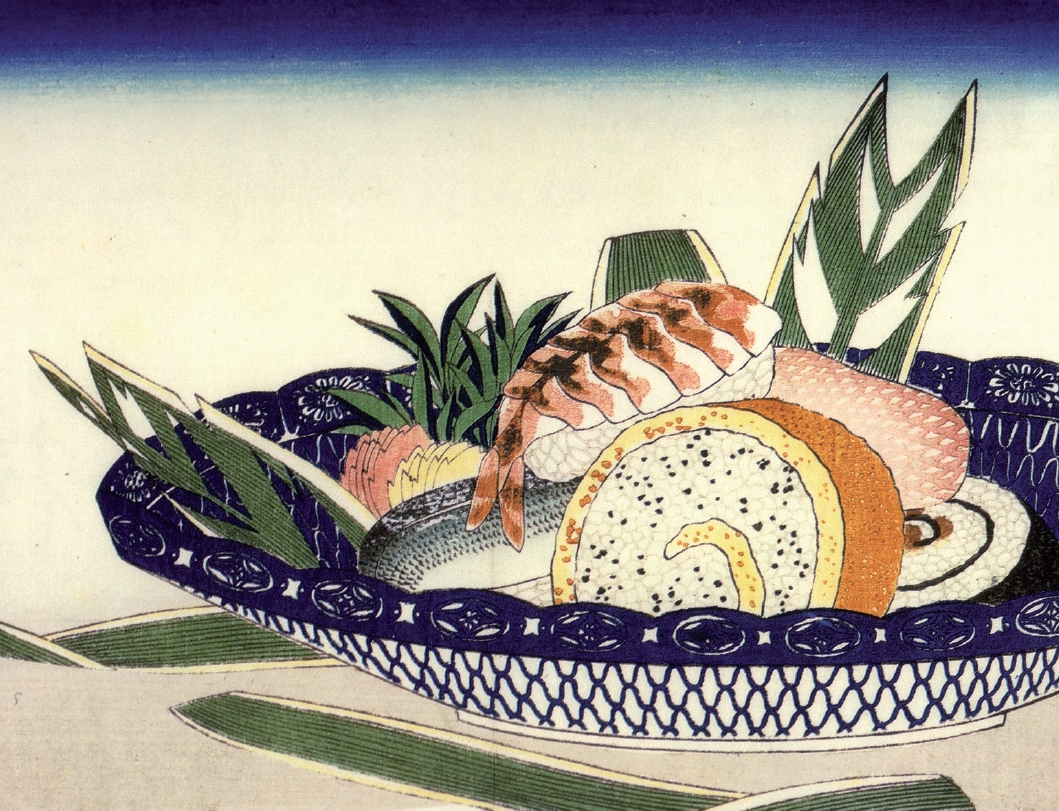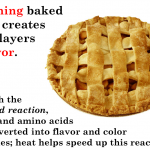The Science of Cookies
How would you describe your perfect chocolate chip cookie? Thin and chewy? Ultra-crispy? Thick and cakey? Whatever your preference, knowing how to manipulate the ingredients in a basic cookie recipe is the first step toward chocolate chip cookie bliss. At last week’s “Science of Cookies” student event, graduate student Kendra Nyberg showed us how to achieve two very different cookie textures by riffing off of the classic Toll House chocolate chip cookie recipe.
Thin, Chewy Cookies from Smitten Kitchen
These cookies are all about moisture. A wetter cookie dough spreads more during baking, creating a much thinner cookie. Extra moisture also promotes gluten development in the cookie dough, creating a slightly denser, chewier cookie. This recipe from Smitten Kitchen maximizes moisture content by using melted butter, less flour, less egg white (which can dry out cookies), and a higher brown-to-white sugar ratio (brown sugar can help retain moisture) than the classic Toll House Recipe.
Thick, Soft Cookies from My Baking Addiction
Where the previous cookies craved moisture, this recipe from My Baking Addiction removes extra moisture to create thicker, less chewy cookies. Increasing the flour content and using extra cold butter creates a drier dough that spreads less easily in the oven; adding baking powder to the dough lends extra fluffing power. The reduced moisture in this dough also limits gluten formation for a slightly softer (less chewy) cookie.
Of course, this is barely the tip of the cookie engineering iceberg. There are so many ways to tweak a cookie recipe to achieve different textures. In addition to this brief introduction, the internet is full of great resources for cookie hacking. This particularly handy guide from Handle the Heat clearly show some of the ingredient manipulations described above. If you end up experimenting with your favorite cookie recipes, be sure to tell us about it in the comments below!
 About the author: Liz Roth-Johnson is a Ph.D. candidate in Molecular Biology at UCLA. If she’s not in the lab, you can usually find her experimenting in the kitchen.
About the author: Liz Roth-Johnson is a Ph.D. candidate in Molecular Biology at UCLA. If she’s not in the lab, you can usually find her experimenting in the kitchen.

